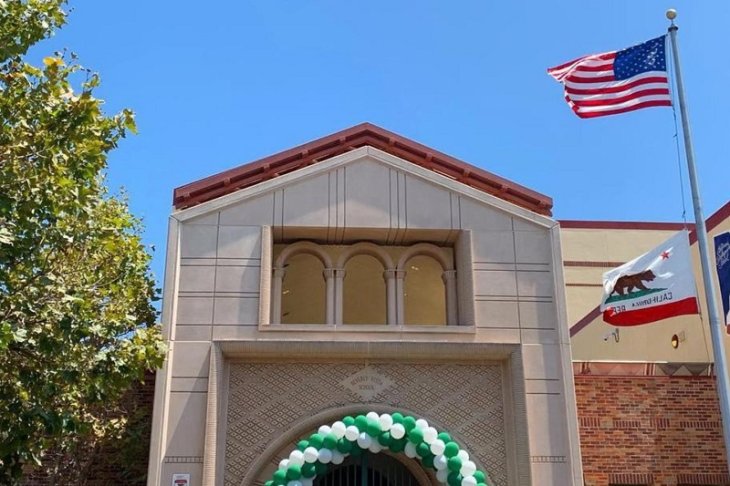Report Sparks Concerns for Real Estate Development in Southern California
By Dolores Quintana
The University of Southern California’s Lusk Center for Real Estate predicts an upward trajectory in multifamily rents across Southern California over the next two years, signaling potential hurdles for commercial real estate financing.
The 2023 USC Casden Real Estate Economics Forecast analyzes market conditions and provides two-year projections for multifamily rents and vacancies. This year’s forecast also examines the impact of high-interest rates, migration patterns, and financing on the future of housing in Southern California.
Moussa Diop, associate professor of real estate at the USC Sol Price School of Public Policy and author of the forecast, anticipates moderate rent growth in the near term. However, concerns arise about the impending wave of maturing debt in commercial real estate, with challenges in refinancing loans at nearly double the original interest rates.
“Adding housing supply is crucial to alleviate rent burden, but it becomes near impossible if builders face difficulties in financing projects or have properties nearing default,” Diop explained. “This situation may lead to a lose-lose scenario for both renters and landlords.”
Diop’s forecast talks about the number of people who are leaving the state and California’s affordable housing shortage in the region as indicators of a “region missing the mark for livability.” 510,000 residents of the state left between 2020 and 2022, signaling a larger exodus than the population of Atlanta. New housing development has been undercut by high interest rates while operating expenses have impeded owners’ capacity to invest in developing more housing.
“As the industry takes time to sort out financing, new supply will dip lower and lower. By the time momentum returns in a couple of years, more damage will be done. The vacancy will drop, and rents will climb. This is how we lose even more residents to nearby states. Renters in Southern California can’t afford a dip in production.” Diop adds “Renters will bear the brunt of this situation, with effects becoming apparent over time.”
In Los Angeles County, which has an acute housing shortage and has lost the most residents in the state, the net loss of 146,500 residents between 2020 and 2022 is equivalent to the size of the city of Fullerton, California. High mortgage rates have led to a 13% drop in multifamily permits in 2023. USC’s report projects slower average rent growth of 2% per year over the next 24 months, reaching $2,306 per month by October 2025, with a slightly decreased vacancy rate of 4.5%.
While Measure ULA funds efforts to increase affordable housing and combat homelessness, the USC forecast suggests that an additional transfer tax on properties above $5 million may have negative effects on Los Angeles. Buyers and developers would likely add costs to tenants via increases in rent, or developers could choose to not build in Los Angeles which could increase the gap in new housing.





















